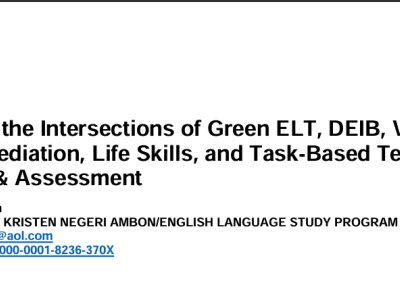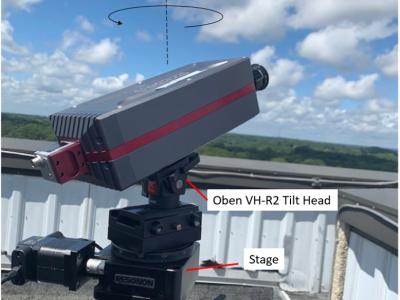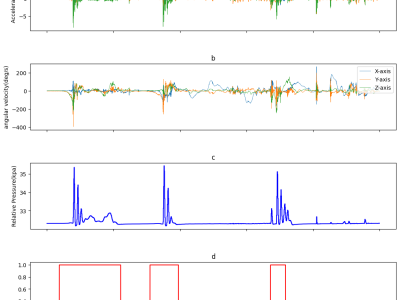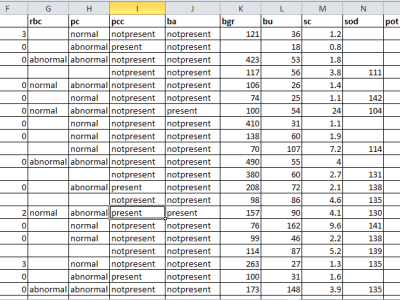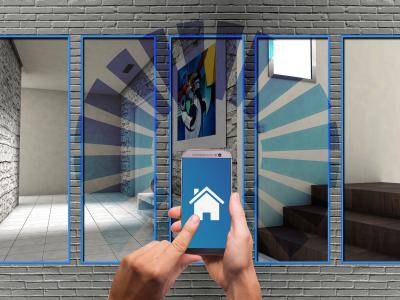
This data reflects the prevalence and adoption of smart devices. The experimental setup to generate the IDSIoT2024 dataset is based on an IoT network configuration consisting of seven smart devices, each contributing to a diverse representation of IoT devices. These include a smartwatch, smartphone, surveillance camera, smart vacuum and mop robot, laptop, smart TV, and smart light. Among these, the laptop serves a dual purpose within the network.
- Categories:
